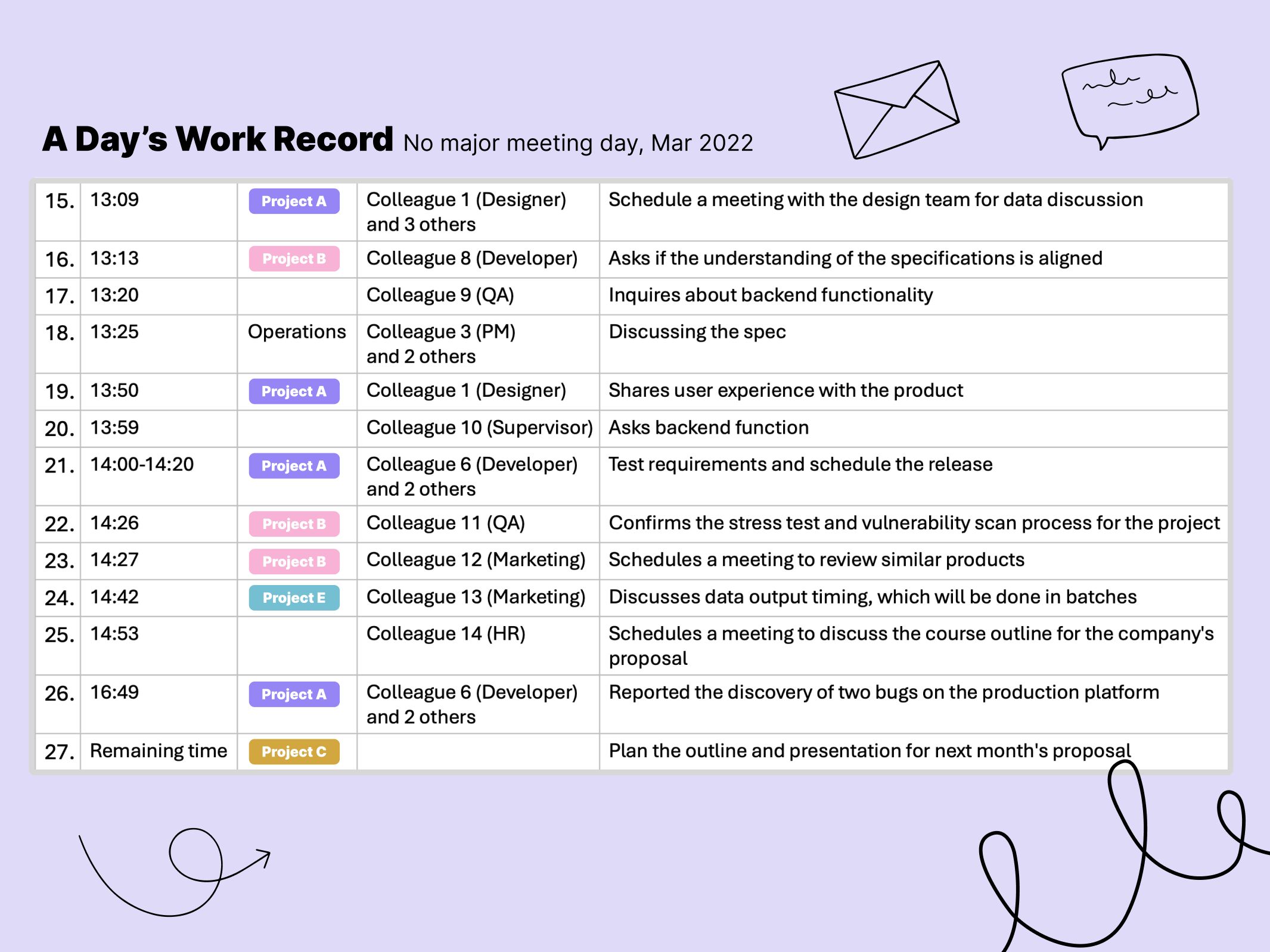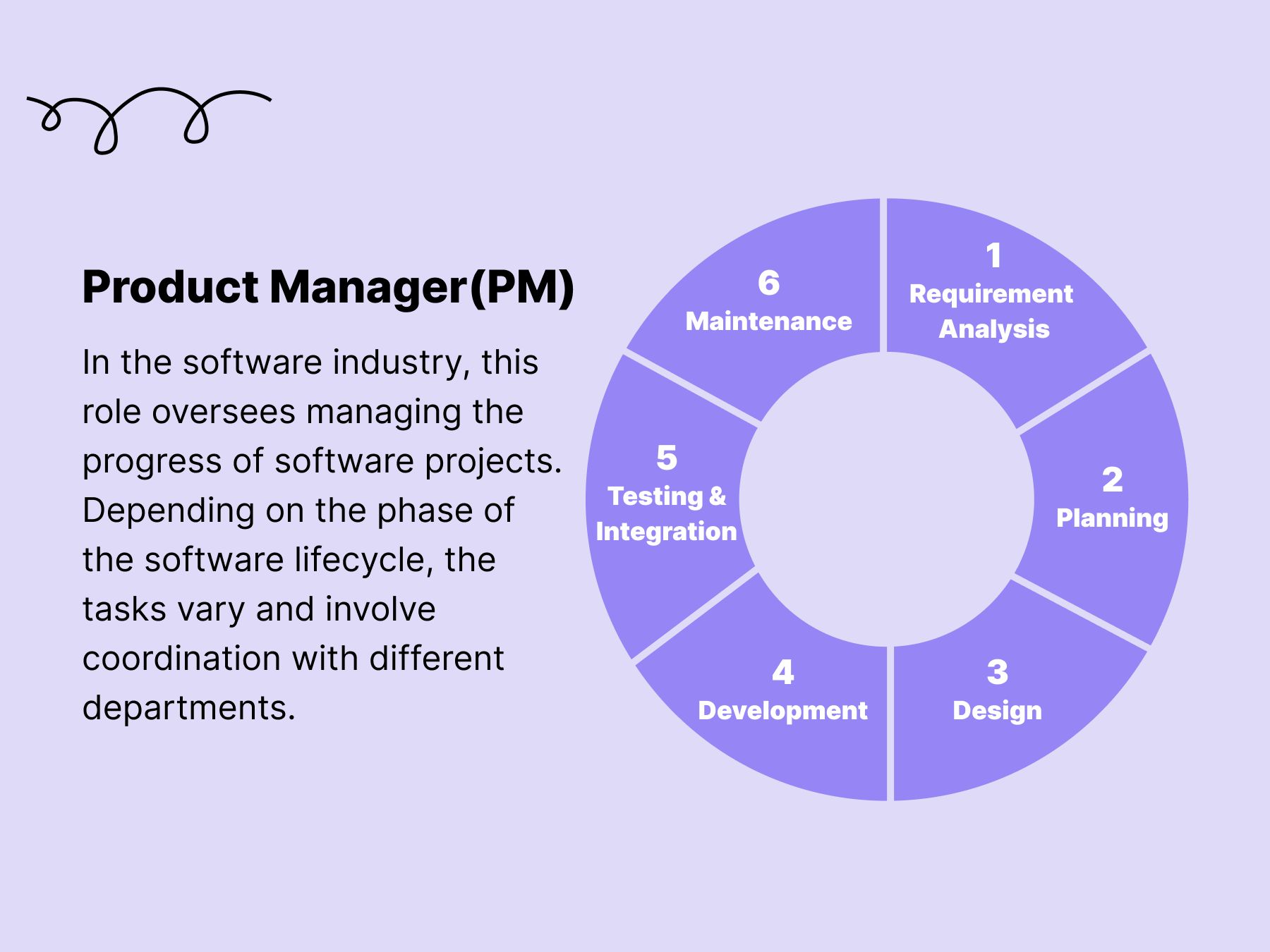A day in the life of a product manager
Since I was chatting with our intern about what a PM (Project Manager) does and whether it's suitable for fresh graduates, I decided to document a day's work.
I hope this can give those interested in pursuing a PM role a better understanding of the job.
My role: Website PM for many years, a veteran at the company in Taiwan
Company size: Around 800 employees
Industry: Internet-related
Communication, Communication, Communication
Communicating repeatedly is normal; explaining a project 10 times isn’t unusual.
Since I need to communicate with many colleagues daily, it's crucial to learn and improve how to communicate patiently and precisely through the right channels.
For specifications with complex scenarios, face-to-face discussions are necessary.
Tools: Establish online communication channels for each project development team.
Daily Focus: It’s important to set priorities for the day and deliberately allocate focused time for the main projects 🔑, or you’ll end up spending all your time on minor tasks.
Small tasks can be handled during short breaks, such as the company’s security audits.
Advice for Newcomers:
Some people think the PM role is glamorous, like being a conductor, but in reality, the job is full of trivial and scattered tasks.
Daily tasks include:
- Reporting to stakeholders and supervisors on the current product progress, planning, operations, and the next-generation product.
- Sharing the current product status, direction, and functionality flow with designers.
- Discussing product feasibility, functional specifications, bug fixes, and product direction with engineers.
- Discussing product specifications and scheduling with QA and system teams.
- Attending numerous project and product meetings to absorb knowledge about product planning and operations.
- Organizing countless project briefings, discussions, and meetings.
- ...
This means constantly switching between different modes: planning projects, handling requests, monitoring progress, and thinking about product direction and proposal strategies, all while dealing with pressure from various sources.
Without some prior work experience, it’s tough to communicate with so many different roles and lead a team forward.
If you have the chance, I recommend fresh graduates gain some experience in related industries first, such as a software PM assistant, sales assistant, QA, or software engineering roles to understand the industry. After that, you can consider transitioning into a PM role as a second job.
123




